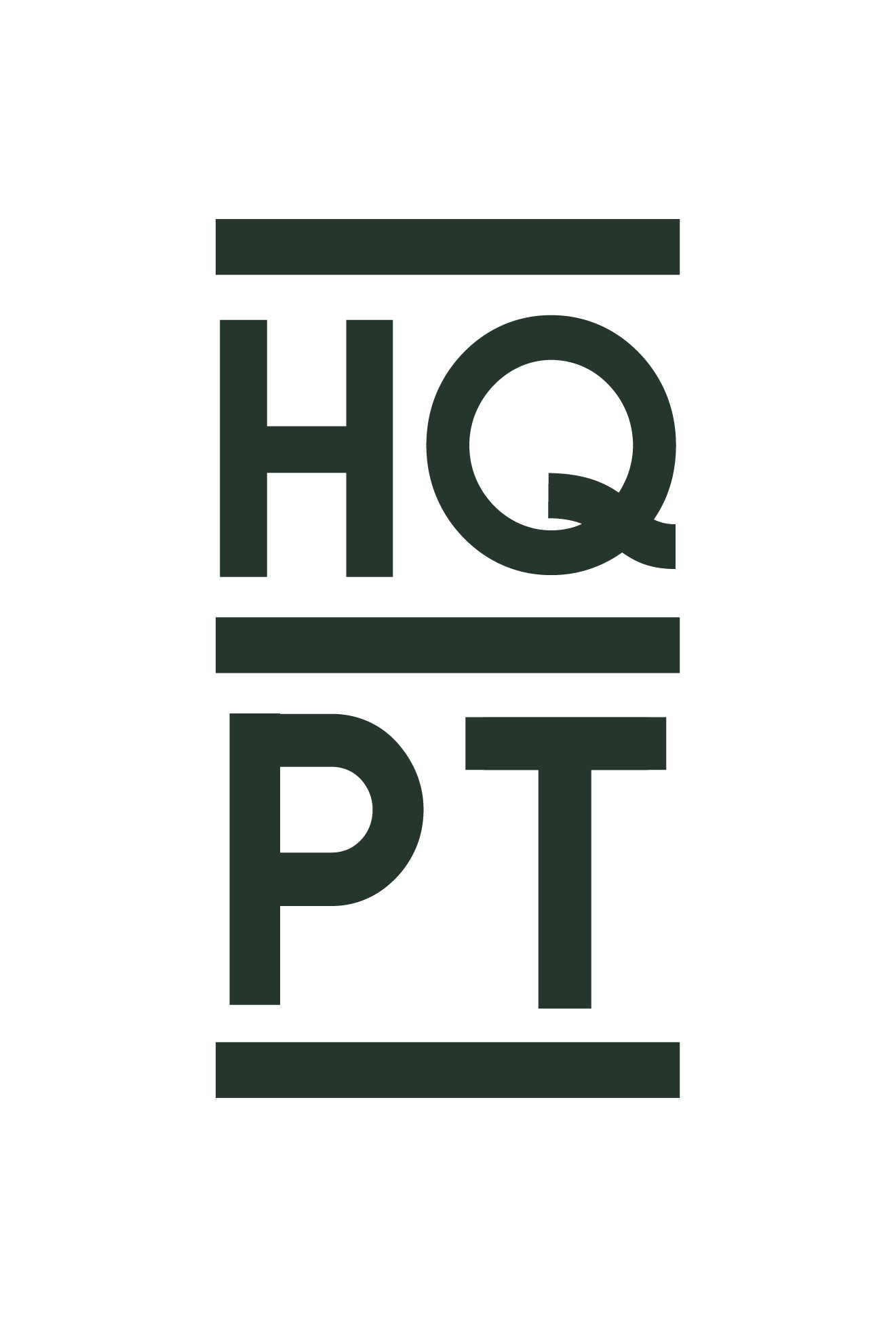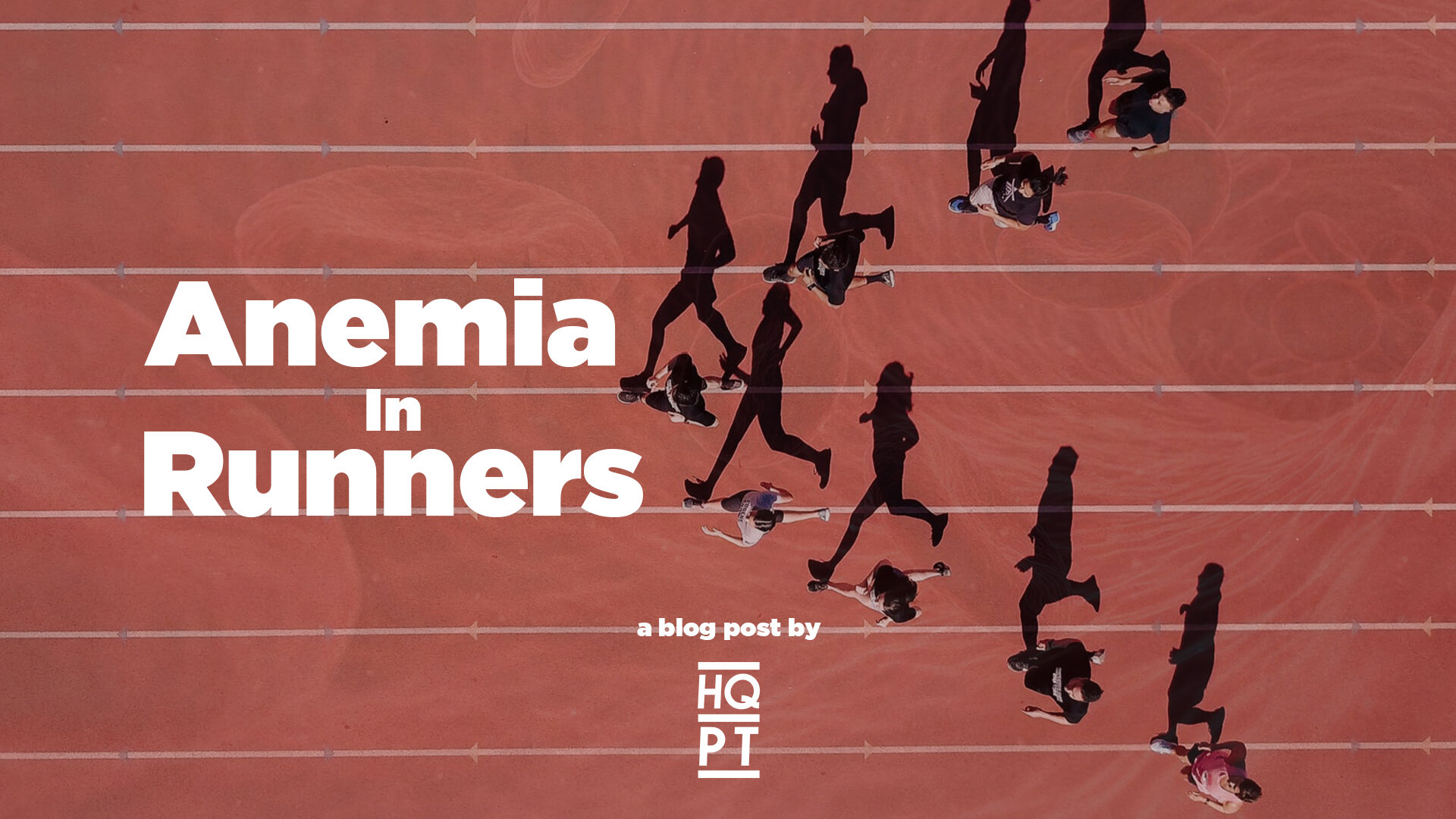Anemia In Runners
This week's blog is by Michelle Tegenkamp, Headquarters Nutrition's lead dietitian. Her passion is helping runners of all levels experience their best performance through optimal nutrition.
The most common type of anemia is iron-deficiency anemia. This is a condition in which there is less iron available for use than needed resulting in an inadequate amount of healthy red blood cells. If you do not get/absorb enough iron your body can’t make hemoglobin, the largest component of red blood cells, and you can develop anemia.
Why does this matter for runners? Well hemoglobin is the molecule that is responsible for carrying oxygen via red blood cells to the body’s tissues. If your muscles can’t get enough oxygen this can compromise aerobic capacity resulting in decreased ability to train and perform.
What are symptoms of iron deficiency anemia? Common symptoms include chronic fatigue, loss of endurance capacity, shortness of breath, pale skin, high exercise heart rate and even more extreme – cold extremities, low appetite, dizziness or lightheadedness, brittle nails and hair loss. Does this mean that if an athlete is feeling tired from training they should start with iron supplementation right away… not necessarily. The first step would be to have some blood work completed. Ferritin, a measure of body’s iron stores, decreases during the first stage of iron deficiency and is often on of the first tests run to look at possible iron deficiency. Additional tests may include hemoglobin and hematocrit, mean cellular volume transferrin or total iron- binding capacity. If anemia is diagnosed and RD can help an athlete reverse this deficiency through diet and supplementation.
While reversing iron deficiency anemia usually can’t be done by diet alone, it is important to include good sources of iron in your diet. These include:
- Meat: beef, pork, or lamb, especially organ meats such as liver
- Poultry: chicken, turkey, and duck, especially liver and dark meat
- Fish, especially shellfish, sardines, and anchovies
- Leafy green members of the cabbage family including broccoli, kale, turnip greens, and collard greens
- Legumes, including lima beans, peas, pinto beans, and black-eyed peas
- Iron-enriched pastas, grains, rice, and cereals
Often oral supplementation is also needed. It is best to take iron supplements on an empty stomach and avoid taking with calcium, caffeine and tea. The amount of will depend on your level of deficiency but often 100-200mg of elemental iron is recommended. Ferrous forms of iron have high solubility, meaning it releases iron ions faster, making it easier to absorb.
Iron bisglycinate is another good option in terms of bioavailability and efficacy with potentially fewer GI side effects (common side effects that can occur with supplementation such as upset stomach, constipation and heartburn). A Registered Dietitian can help you navigate and minimize side effects, if needed, by looking at timing, amount and type of iron and can help you determine how to maximize absorption of your supplements.
Although it may take some time, using these tips above will help restore iron levels and then shift the focus to maintaining an optimal level for training and racing.

